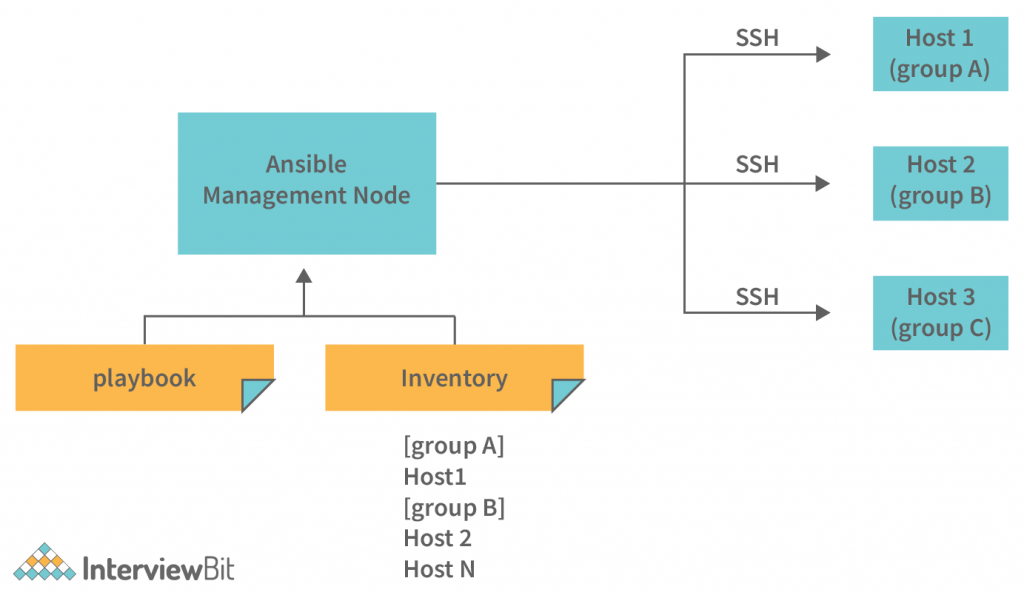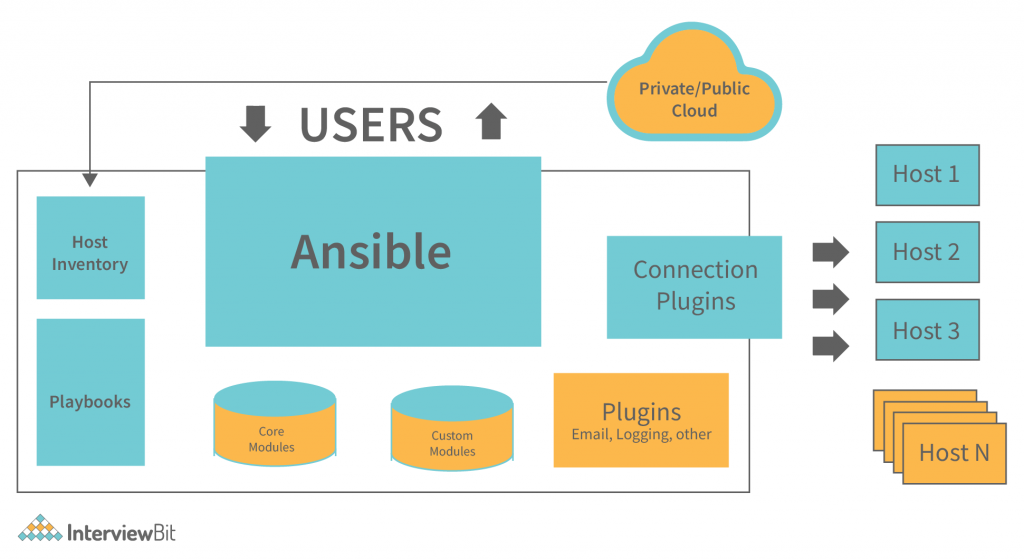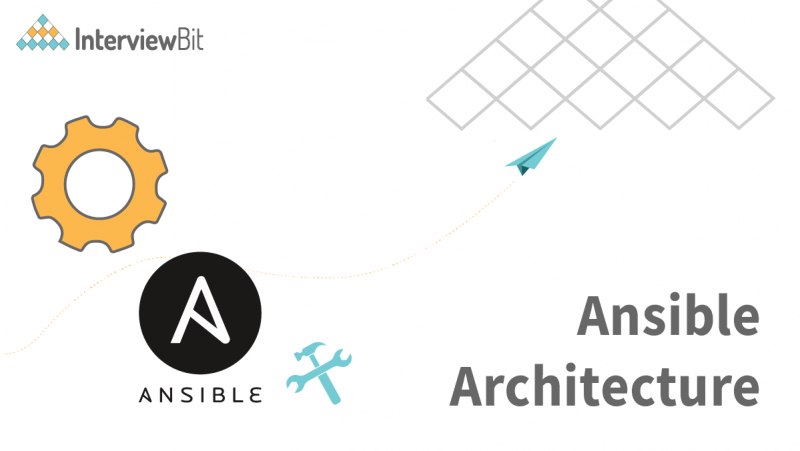Ansible is an open-source configuration management tool owned by RedHat. Ansible can configure any resource on a server through its idempotent playbooks and even run ad-hoc scripts. Ansible takes complex or cumbersome manual tasks and orchestrates them by automating the process. Tasks done wrong are typically repetitive in nature. Why? Because our brains get used to the process, get bored, and start making mistakes. Creating automation solutions using a programmable tool like Ansible takes away repetitive manual tasks. The manual task becomes code that is stored in source control, so others can review the work that will be done as well. Many configuration management tools exist from Chef, Puppet, Salt, CFEngine, and so on. What makes Ansible so different? The answer is simplicity. Tools like Chef and Puppet use actual programming languages to write automation instructions like Ruby. Ansible, on the other hand, doesn’t use a programming language but a much simpler markup language called YAML. YAML is known for its simplicity and human-readable language style. Even if you’ve never seen YAML before, IT pros and DevOps personnel can pick up quickly on what’s going on in the “code.”
People typically think of configuration management in terms of moving files around, installing software, or maybe creating a database. But Ansible can do so much more.
- Container Automation: To deploy and manage containers with Ansible
- Infrastructure Automation: To manage, create, and deploy infrastructure
- Cloud Automation: To automate resource creation and service management in many clouds including Azure
- Application Management: To install, update, and manage applications on a server
- Software-Defined Networking: To define what a network looks like both on-prem and in the cloud with code
In this blog, you’re going to learn about the Architecture of Ansible:
Confused about your next job?
What is Ansible?
Ansible was written by Michael DeHaan and developed by the Ansible Community, Ansible Inc., and Red Hat Inc. According to the Red Hat whitepaper “Ansible in Depth”, the design goals for Ansible were:
- Minimal in nature
- Consistent
- Secure
- Highly reliable
- Requiring minimal learning
Since Ansible does not require you to install software on the network device, you can easily scale your network up or down. Ansible also offers a full range of integration options, allowing you to control your devices from other systems like Git or your email. With Ansible, you can setup a basic configuration, such as a hostname or IP address, and then setup your devices with a few commands. Ansible uses SSH to connect to the devices and run commands on the command line. This allows you to setup your network devices easily with a few commands and no agent installation required, reducing the maintenance of your network and improving your network consistency and standardization.
Red Hat Ansible Engine is an enterprise-class, open source software application for configuration management, commonly known as CM. It is widely used in the financial services, telecommunications, and government sectors. Red Hat Ansible Engine offers a central management console for inventory, roles and plays, reports, dashboards, and alerts. Red Hat Ansible Engine is a cloud-based application that can be deployed on-premises as well.
Why Use Ansible?
Ansible can be used for a variety of purposes, but it’s most commonly used to automate the deployment and configuration of systems such as servers, virtual machines, and applications. It can be used to perform tasks such as installing software packages, configuring networking settings, and updating system configurations. It can also be used to test the deployment process and ensure that everything is working correctly before rolling out an actual production environment. A lot of companies use Ansible for their infrastructure deployments because it’s easy to set up and easy to scale as needed. It’s also easy to use when you need to make changes across multiple environments or when you have multiple teams involved in the process. You can use Ansible for small tasks like adding new servers or updating existing ones, or for larger ones like creating a new version of an application. The possibilities are endless when it comes to what you can do with Ansible!

- Ansible can be used to configure a box that can be logged into via SSH and that has Python installed.
- Ansible’s design is based on the idempotent principle. Everything is accomplished only when required and does not have any side effects.
- Ansible works by giving you a description of the machine state that you want, followed by taking the needed steps to achieve it. In other words, Ansible is different from other configuration tools in that it focuses more on giving you a description of the state you want rather than on performing specific tasks.
- There is no need for any extra knowledge to handle Ansible. It is quite straightforward to grasp.
Ansible Architecture
The Ansible architecture is simple to grasp:

From the diagram above, we understand that visibility comes into play:
- Everything from servers to desktop computers to network configurations and applications can all be stored in a Public/Private Cloud.
- It demonstrates that it has all the features of a sizable cloud platform, but it also allows users to communicate with all of the modules and API. It also demonstrates that it has security measures.
- An inventory file contains devices, groups, host variables, templates, and tasks. Along with the inventory file, playbooks must be created that describe how to handle all the devices, groups, host variables, and templates.
- Once Ansible has a task or set of tasks in a playbook to run, it needs to know where to run those tasks. It needs an inventory of hosts. Ansible has a concept called “inventories” that consist of lists of hosts to perform actions stored in files as YAML.
- Modules in Ansible allow you to interact with the cloud like Azure or on-prem resources like Hyper-V. An Ansible module is a standalone, reusable script that can be used with the Ansible API. They can also be used by Ansible playbooks. One of the key factors of an Ansible module is that they are reusable and not meant for just one environment.
- The augmented ansible’s core is created by combining all of the cache, logging purposes, ansible’s functioning, and so on.
- It allows for the creation of various agentless frames that can be utilized in multiple automated networks.
- A single repository can contain all the computers of an operational or IT infrastructure network.
- Ansible is being used to make Linux and Unix machines automated.
- It provides the needed APIs for the interaction of the end-to-end modules.
Advantages of Ansible Architecture
The following list includes advantages.
- Because it is very simple and easy to understand, Ansible is excellent for beginners to grasp. Its syntax is simple and easy to grasp, making it excellent for beginners to understand. It is also great for beginners to make infrastructure as it is basic and easy to comprehend.
- Ansible infrastructure security is completely reliant on Ansible, as all applications require it in order to avoid security breaches.
- An application or environment manager framework can be choreographed and controlled with this tool. It’s very powerful and versatile.
- All cloud-native platforms, including ONAP orchestration, are superbly implemented using ansible.
- Playbooks can be used to call modules and configure applications in accordance with your requirements. That is, it can be tailored to suit your needs.
- The lifecycle of an application, from development to deployment, can be easily managed by teams.
- A tool that is agentless, meaning it requires no third-party vendor software or agents.
- Provisioning apps that need orchestration to get complete assistance from ansible because it provides resources according to the project’s requirements.
Conclusion
Ansible is a powerful, secure and flexible open source IT automation and configuration management tool. It can manage a wide variety of IT systems such as servers, desktops, networking devices and databases. Ansible’s flexibility and scalability are key features that make it an excellent solution for an environment of dynamically developing applications. In this article, you learned about how Ansible can be used as a central controller to manage IT systems. You also learned about the various components of Ansible, including playbooks, modules, facts, templates and roles. Additionally, you learned about the Ansible architecture including the YAML, or You Ain’t Missing Much, file-based structure for managing IT with Ansible.




